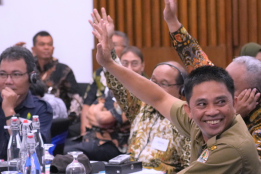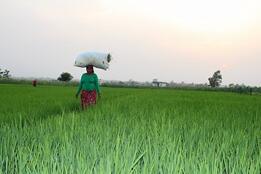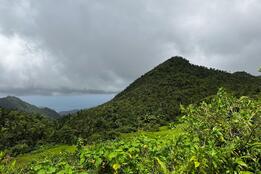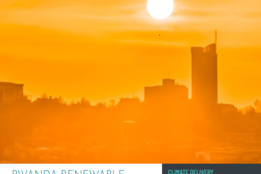Mention a vibrant ecosystem in Brazil and the image that comes to mind is of the Amazon rainforest. Now, thanks to over a decade of efforts, another of Brazil’s natural gems has gained recognition, protection, and conservation: the tropical savanna of the Cerrado biome. Covering almost a quarter of the country’s landmass, the Cerrado is the world’s most biodiverse savanna and home to an astonishing 5% of the world’s plants and animals.
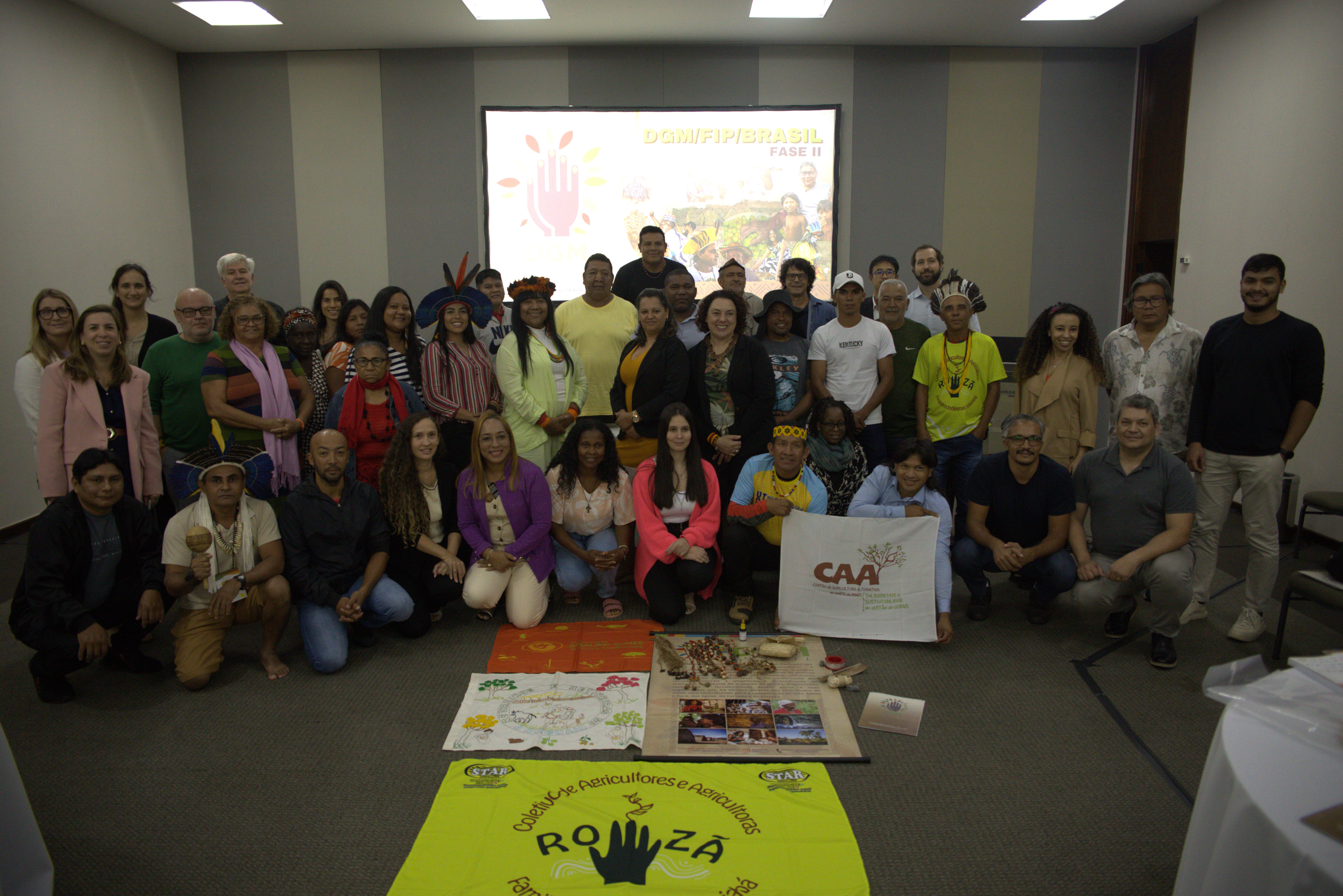
Twelve years ago, the Government of Brazil in partnership with CIF, the Inter-American Development Bank (IDB), and the World Bank launched a series of investments to raise the environmental and economic profile of the Cerrado’s grasslands and forests. The investments, under CIF’s Forest Investment Program (FIP), supported the government’s critical steps to conserve and restore the area’s rich biodiversity and helped communities improve land management practices that supported their income streams connected to living there.
FIP in Brazil was also instrumental in advancing a wide range of policies and governance practices related to the Cerrado: Financing a course of action for pre-existing policies and creating new space for Indigenous Peoples and local communities in governance processes through the Direct Grant Mechanism (DGM) and directly informing the development of new policies.
Emphasizing community participation
Elevating the importance of the Cerrado in Brazil’s national development policymaking emerged as a key result from the end-of-investment plan process* - or close out - of our FIP investments. In taking stock of what was achieved, the close out meeting brought together the government, CIF, its multilateral development banks (MDB) partners, various civil society groups, and the private sector.
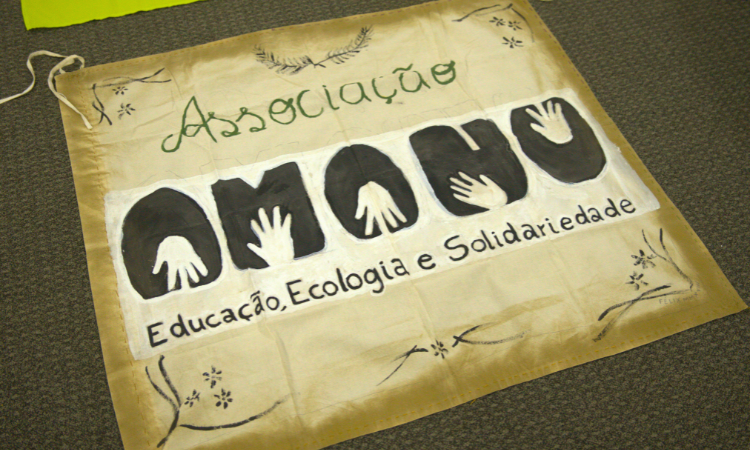
Brazil had strong and distinct emphasis on community participation including Indigenous Groups, Traditional Communities — who live off the land but are not indigenous to the area — and Quilombolas, who are rural communities of descendants of enslaved persons. Engaging these communities was embedded in the design and implementation of FIP’s work in Brazil. For Waithy de Brito LIra Xerente of the Xerente Indigenous Union and a member of Brazil’s DGM National Steering Committee, FIP successfully shifted attention to the Cerrado and strengthened the efforts of Indigenous People to safeguard their natural resources.
Waithy de Brito LIra Xerente, Xerente Indigenous Union and DGM Brazil National Steering Committee: “The investments to Indigenous and Traditional Communities in the Cerrado biome was an incredible initiative because resources used to go more to the Amazon and here, …it came to the Cerrado. It brought visibility to the issue of managing ancestral knowledge in terms of caring for nature. There is a very long period of drought in our state and the DGM has come to ensure that we have project initiatives to take care of it. There are now the guardians who protected the territories during the dry season, because they caught fire a lot so they look out for us. They also look after the rivers. [The FIP investments and DGM] has come to strengthen that. There were things we did without a partnership. Now we've found a partner.” |
|
Pioneered New Financing Instruments
The “DGM” to which Waithy refers, is a funding instrument that directly provides grants to Indigenous People and local communities. It was pioneered under FIP to empower communities to prioritize their own challenges and find their own solutions. Waithy explains, the DGM gave her community and others like hers, the power to prioritize their own solutions, like protecting grasslands during the dry season for example.
In total, the grants disbursed by the DGM helped communities care for the environment while improving the livelihoods of almost 42,000 people and built lasting networks that included a strong role for women. As Anália Aparecida da Silva, chief of the Chá de Minas people and an Indigenous member of the DGM Brazil Steering Committee, notes, the grants have helped restore degraded land and resuscitate natural springs.
“They speak with great pride, with great emotion, because it was something that worked … I hope that it will continue… So that we can maintain our legacy, which is to keep the Cerrado standing,” she said.
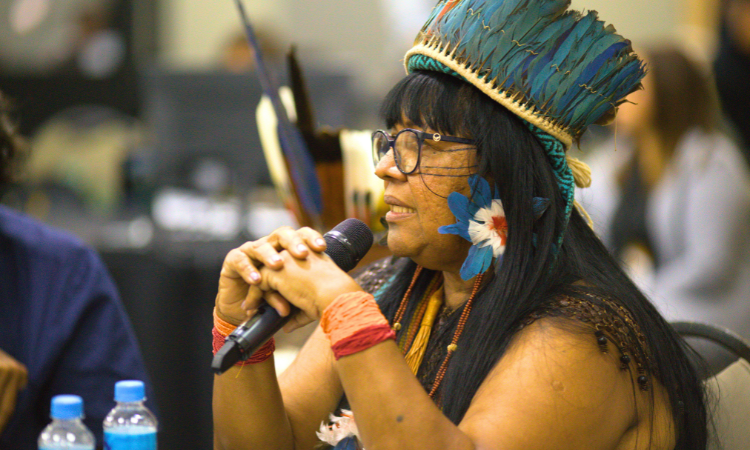
Improving land management of almost 27 million hectares
FIP supported improved land management of 26.9 million hectares of land – about the land area of New Zealand. Most of this land now complies with Brazil’s Forest Code, primarily through registering private landholders to comply with the code. It also supported the development of the Rural Environmental Registry (Cadastro Ambiental Rural – CAR) to implement the Forest Code in the Cerrado. Marcela Mendonça, General Coordinator for Federated Entities in the Brazilian Forest Service's Environmental Regularization Directorate, explains how:
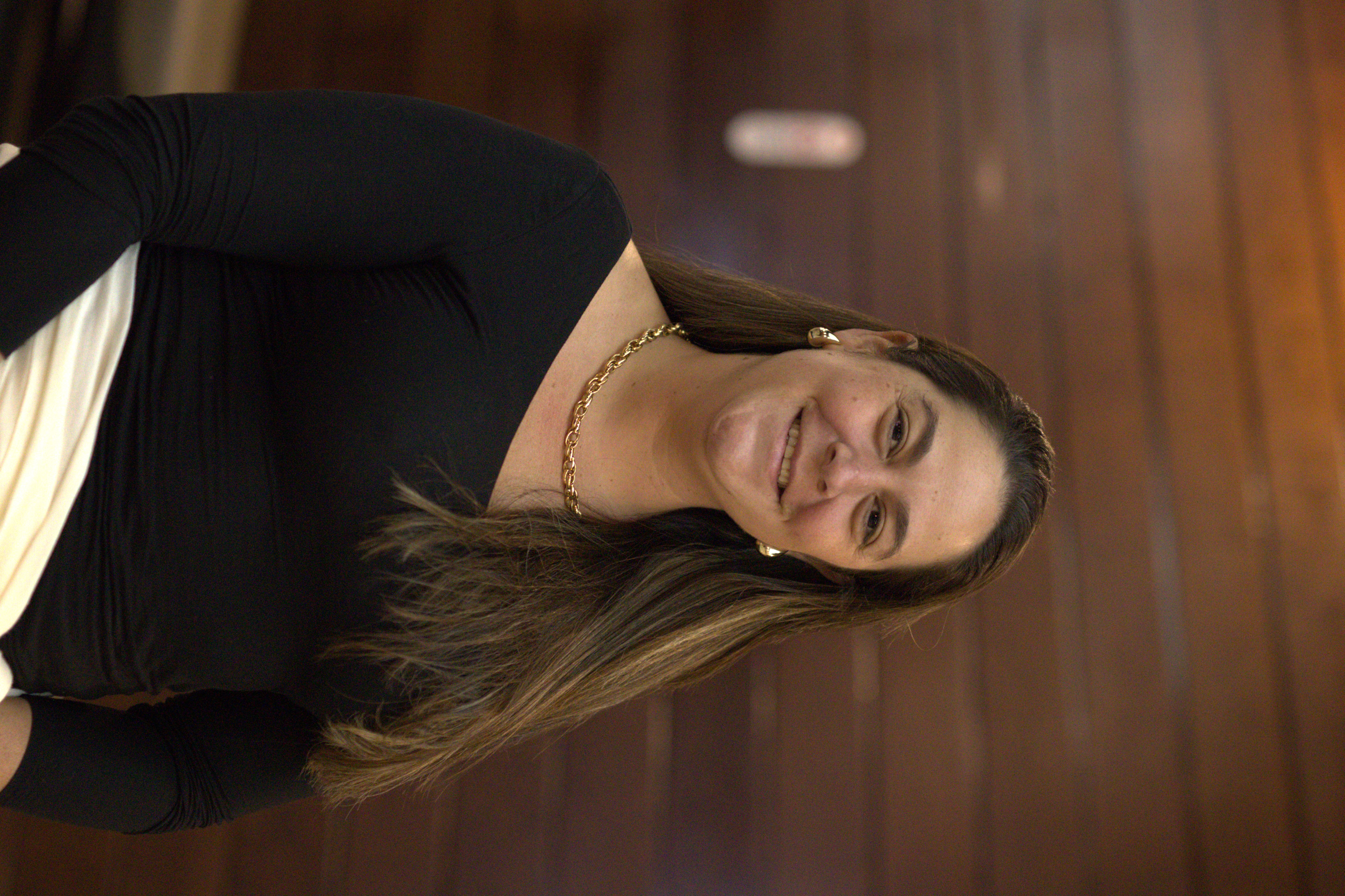 | Marcela Mendonça, General Coordinator, Brazil’s Forest Service's Environmental Regularization Directorate: “I think environmental education and knowledge about a law is important because before the Native Vegetation Protection Act, many people didn't even know what the Forest Code was. And today, with this instrument having become compulsory, we’ve gained a lot more knowledge. When you go to the countryside, you’ll find that people know what the vegetation protection law is. People know what a legal reserve is, what an app is. So, you have generated knowledge, you have generated environmental education, and you have generated possibilities of access to new policies. So, this is very significant!” |
Five Key results that emerged from the close-out process:
- FIP was pivotal in elevating the importance of the Cerrado biome in public policymaking and directly increasing the consideration given to this biome on the national stage.
- 26.8 million+ hectares of land now under more sustainable practices (most of which to comply with Brazil’s Forest Code) This represents approximately 74% of all FIP land area results achieved globally.
- More than 420,000 people received livelihood co-benefits from FIP Brazil (nearly double the target)
- 6.673 million tons CO2 eq. reduced/avoided from innovative agricultural practices.
- 93% of Cerrado now included in National Forest Inventory (and scaling) plus additional mapping efforts in the Caatinga, Atlantic Forests and Pantanal underway
* The end-of-investment plan meeting was held in Brasilia, Brazil on October 29 - 30 2024.


